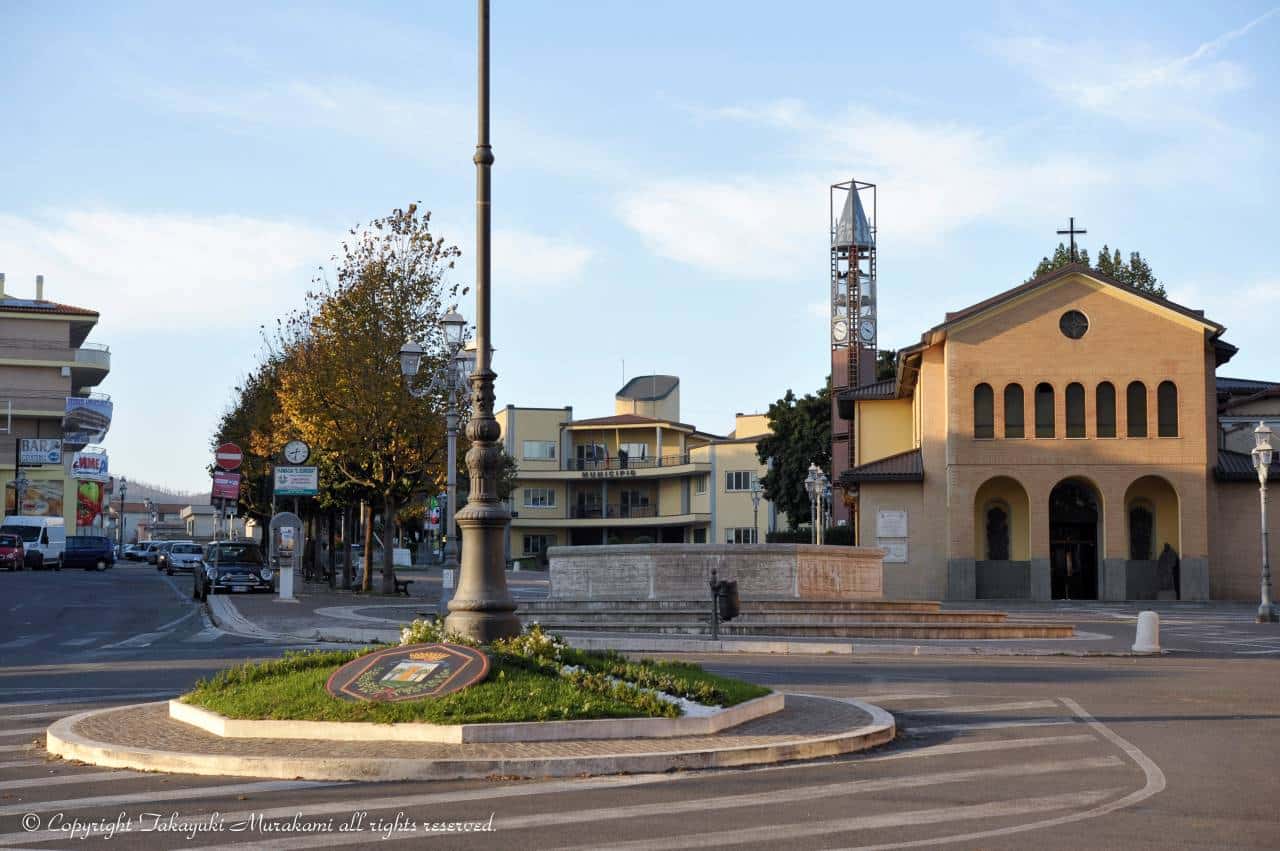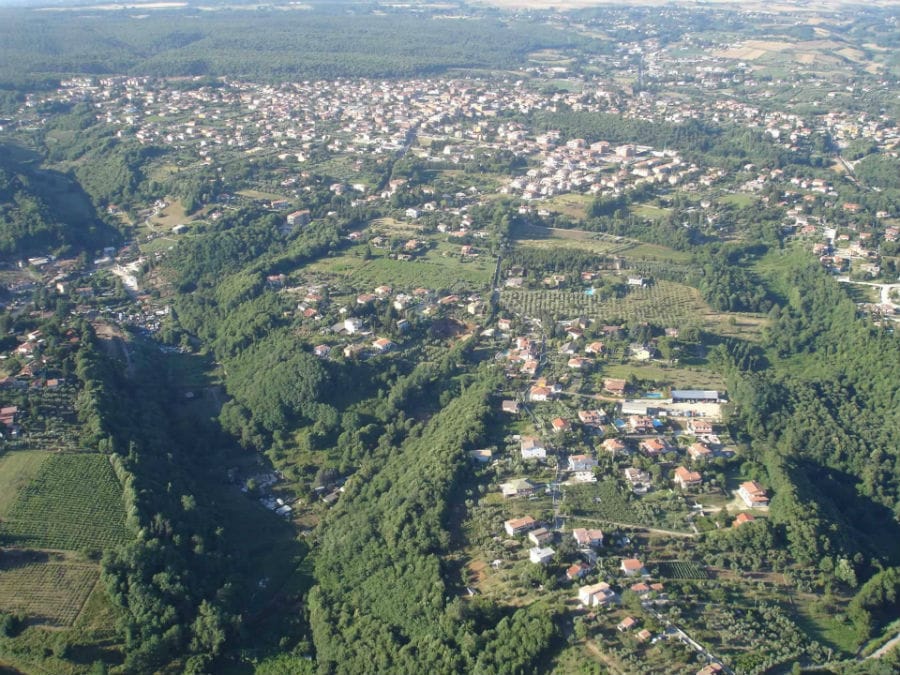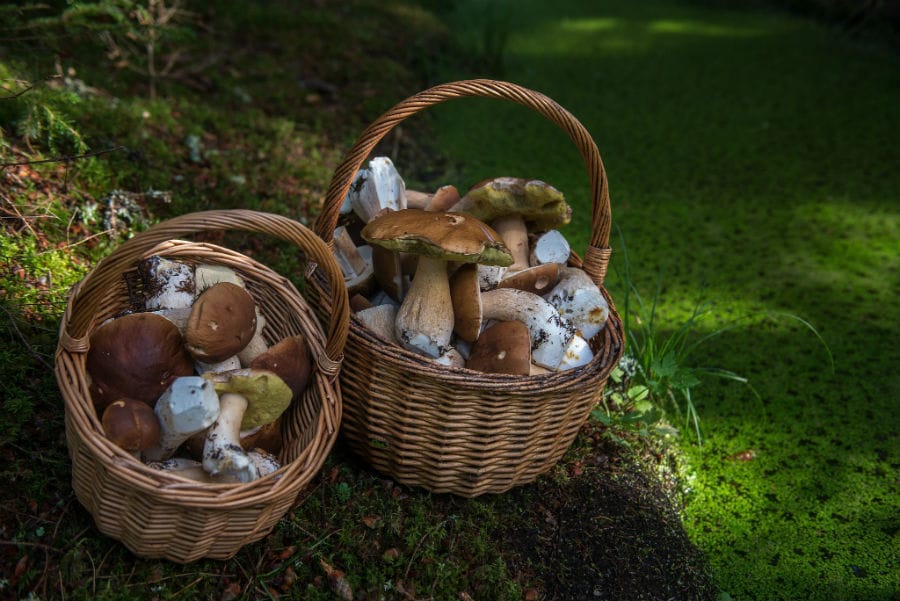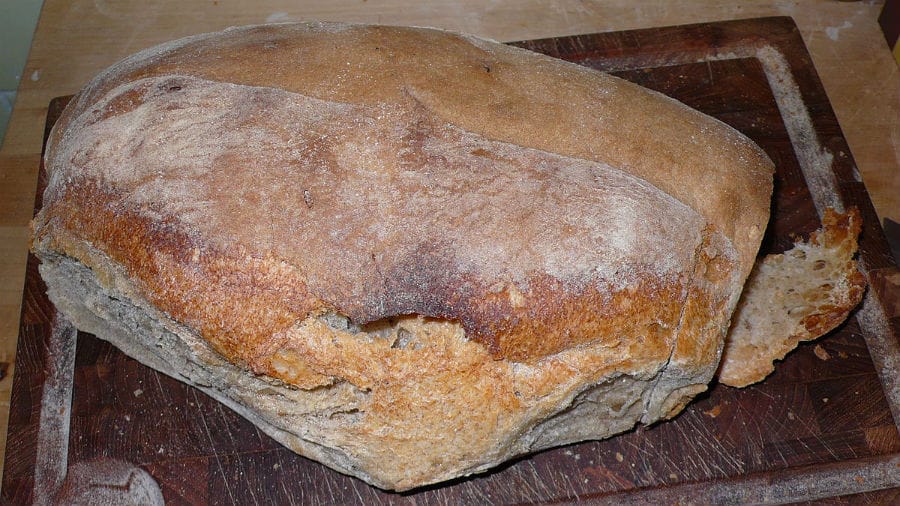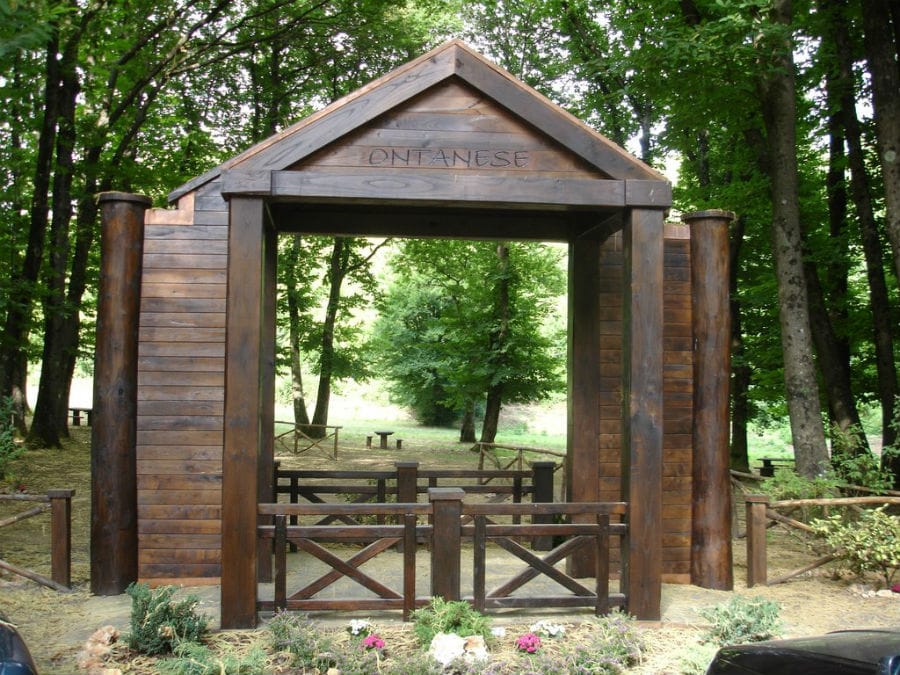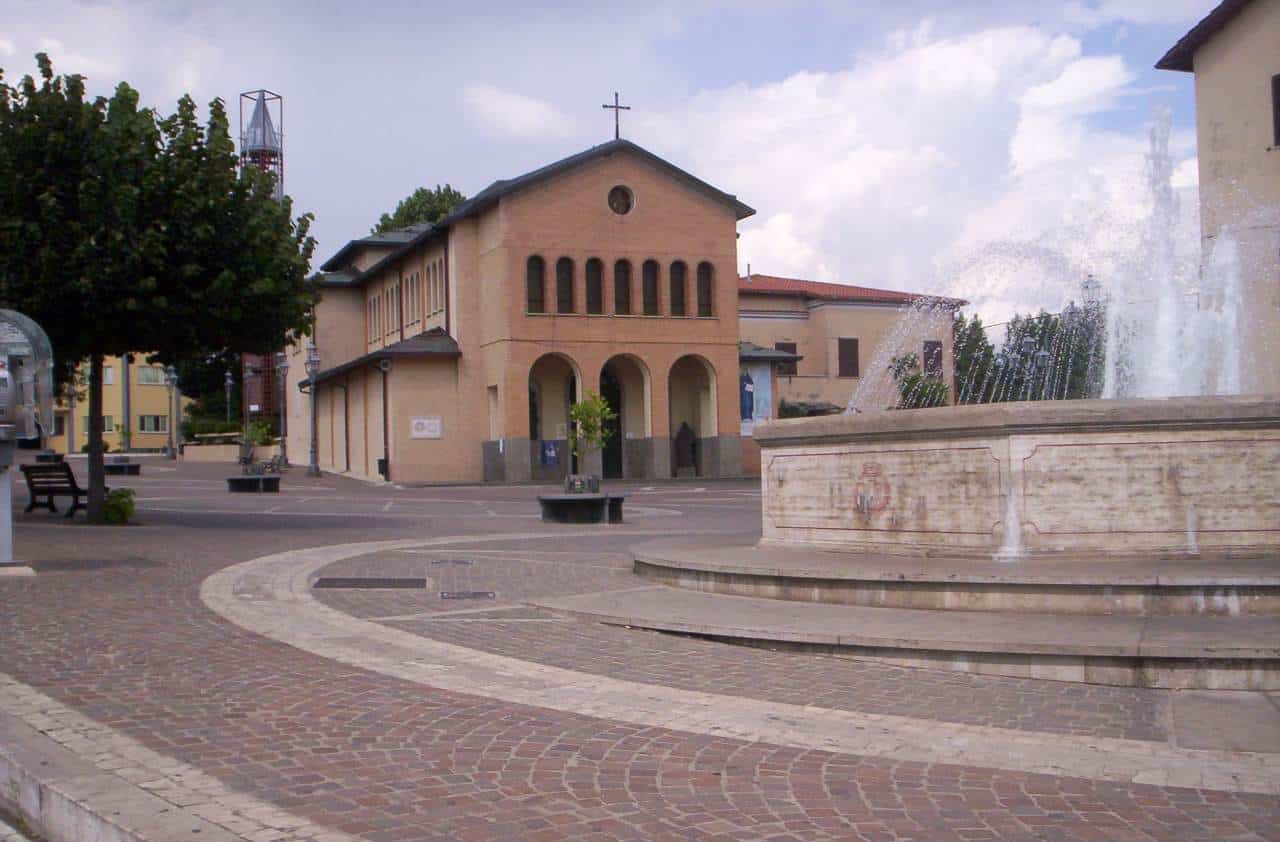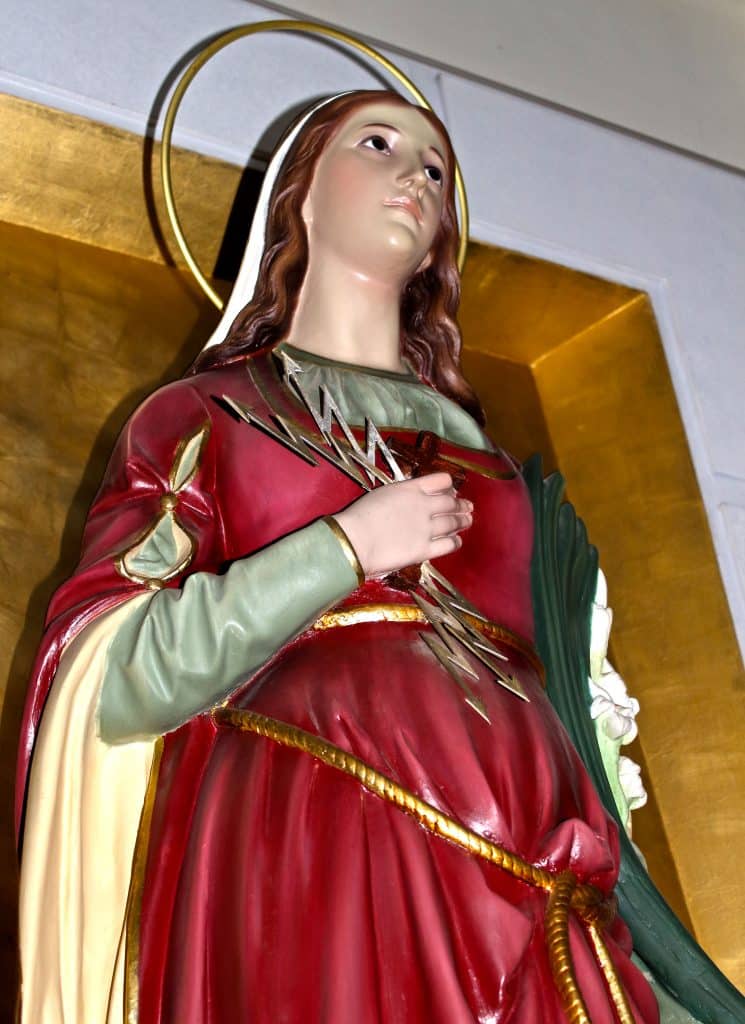Immersed in the woods that cover the mountain group of Artemisio, owes its fame to the excellent bread flour dark and the famous festival of the porcini mushrooms. Lariano owes its name from the ruins of the castle that was located on Monte Artemisio, hereinafter known as Maschio of Lariano. It is assumed that in the year 328 B.C. the castle, also called of the Algid, takes the name of Ariano. Hereinafter, by melting the article with the name, they arrived at Lariano. In the Carmen saeculare the poet Quintus Horatius Flaccus says that on Mount Algidus in remote times there was a temple dedicated to the goddess Diana. Tito Livio, in his Roman History tells that in these places, Romans and equitable clashed in major fighting for about two centuries. Famous remained the battle of Monte Algid, linked to the legendary figure of Cincinnato, that there might be carried out precisely here. For the enviable position, the Roman patricians built several villas, as is testified by the relics preserved in the Vatican Museums and in that of the town of Velletri. It is certain that the male Lariano for its strategic position that allowed it to dominate from one side the via Appia and on the other the Via Anagnina, besides becoming an important place and populous, was at the center of the expansionist aims of the most powerful families.
Demetrius, son of Melosio, he worked in the X century reconstruction of the castle to give refuge to people during the invasion of the Arabs in 846. The strife for the possession of the male of Lariano saw as protagonists the powerful families of auditors of Tusculum, Annibaldi, Savelli and especially of the column. On 26 October 1436 from the castle went out in sign of surrender Nardo Di Stefano and Cola Di Nardo Mayors. The Castle of Lariano was destroyed, burned and razed to the ground and the territory was donated by Eugene IV in Velletri in gratitude of the aid that the soldiers veliterni had given to the army of the Pope. In 1447 Pope Nicholas V returns the possession of Lariano to Cardinal Prospero Colonna and yet in 1458 the town was in the hands of the Brothers Prospero and Odoardo Column, the latter sold it to his sister Vittoria which in turn ceded it in the same year to Pius II which dispose the final removal of the fortress that was about to be reconstructed by the Cardinal Prospero and in 1463, the same pope declaring the has been slaughtered, recognized the possession with Vittoria Colonna and his relatives.
The heirs of column however were not lacking subsequently reclaim still in possession of the ground where once stood the fortress, forcing the Holy See to a conclusion of the story leading to a division of the territory between Velletri and family having as a boundary to the top of the male. It is assumed that, after the destruction of the fortress, the population dedicated to firearms agrees to relocate to Velletri with the only purpose to continue, the craft of weapons; while the peasant population preferred to stay in places where it was born and where for ever lived. The current center of Lariano arose from the huts that occupied the region below the Maschio of Lariano, become agricultural center toward the end of the XVII century and the beginning of the 18th In the following centuries, the ruins of the castles became refuge of robbers, among which the famous Gasperone.
The territory falls largely in the Parco Regionale dei Castelli Romani and the woods from which the country is surrounded allow, during the favorable season, interesting excursions.


